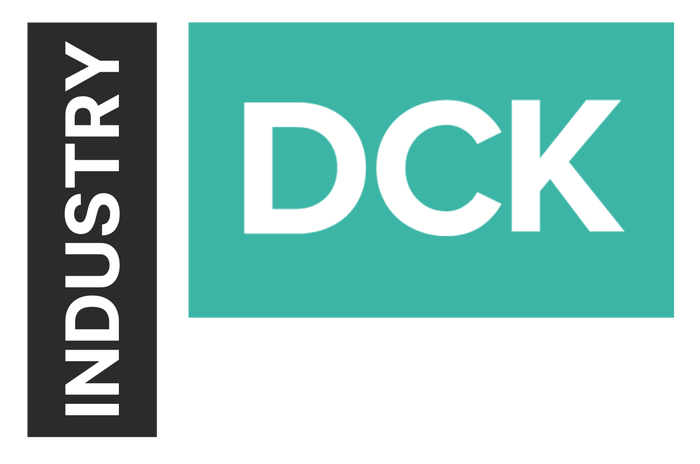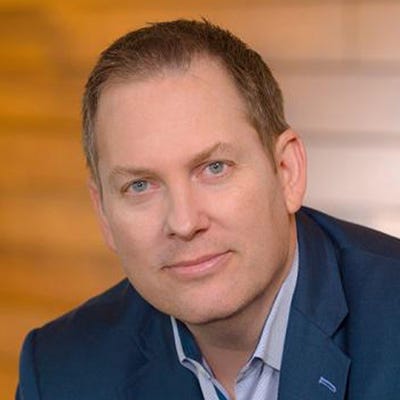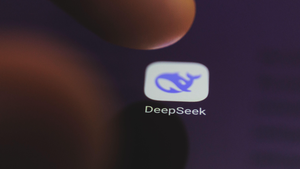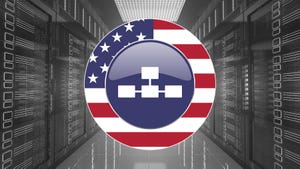
Insight and analysis on the data center space from industry thought leaders.
Bridging the IT Gap: Preparing for a Networking Workforce EvolutionBridging the IT Gap: Preparing for a Networking Workforce Evolution
The IT sector faces a challenge as experienced network engineers retire. How can the next-gen workforce fill the gap?

Imagine building one of the Seven Wonders of the Ancient World and then immediately destroying the plans and absconding anyone who participated in its creation. Now try to build it again.
The notion is silly at first glance, but this isn’t too far removed from what is happening across huge swaths of the IT sector.
Consider networking in particular. During the mid to late 90s, the industry ushered in thousands of technically trained engineers. They took courses in university, studied to secure certifications, and toiled relentlessly in building some of the most critical but complex systems on the planet. The internet, social media, cloud, and hopes of countless AI-aimed startups rest on the foundation that this generation of networkers provided.
So, what happens when this generation ages out and moves on to retirement? It’s tempting to point to the next generation of would-be network engineers, but does that generation even exist?
People coming out of university today are far more likely to be experienced in Amazon Web Services (AWS) and Azure than in Border Gateway Protocol (BGP) and Ethernet virtual private network (EVPN). They have spent more time with Kubernetes than with a router or switch command line.
Sure, when pressed into action and supported by senior staff or technical documentation, they can perform. But the industry is notorious for its bespoke solutions, snowflake workflows, and poor documentation.
None of this ought to be a surprise. At least part of the allure of the cloud for many is that it carries the illusion of pushing problems to another team. Of course, this is hardly true. No company should abdicate architectural and operational responsibility entirely. But in our industry’s rush to new solutions, there are countless teams for which this was an unspoken objective.
Regardless, what happens to companies when the people skilled enough to manage the complexity are no longer on call?
Perhaps you’re a pessimist and feel that the next generation of IT pros is somehow less capable than in the past. The NASA engineers who landed a man on the moon may have similar things to say about today’s rocket scientists who rely heavily on tools to do the math for them. But unburdened by some of the low-level work, these are the same engineers that have designed reusable rockets capable of spotting a landing in the middle of the ocean without manual control. Perhaps the rumors of the demise of astrophysics were somewhat exaggerated.
Building on Yesterday’s Advancements
What makes these kinds of advancements possible is that the scientists of today could easily build on the discoveries of yesteryear. Is the same true in the IT space? In the cloud, definitely. In more traditional environments that are managed via methods of procedures (MOPs) and standard operating procedures (SOPs), things are less clear.
If a new networker experienced in the cloud but not well-versed in the command line were to strap in and try to manage a complex enterprise network, they wouldn’t know where to start. In a world where arcane syntax reigns, the uninitiated have virtually zero role to play.
Without the five and six-letter certifications that indicate a commitment to the rote memorization of the commands to make it all work, these people are ill-equipped for the task.
But to assume they are not capable is missing the point entirely.
For companies that are staring down this future – where their talented workers are going to be impossible to replace like for like – there is a real strategic question that ought to be answered: what should we do?
Embracing the Operating Model of the Future
At every expansion and refresh opportunity, clever IT leaders will usher in the new capacity alongside incremental advancements in operations. The goal must be to meet the needs of today while making steady progress toward the operating model of the future.
Importantly, that operating model is simultaneously defined by what technologies it supports and by how approachable it is to the next-gen worker.
Indeed, operations should be automated, and observability ought to extend across all relevant domains, but these tools must also be familiar to people not transacting via vendor-specific syntax.
The operating models should cover legacy use cases while leveraging current technology. Cloud-hosted, microservices-based, model-driven, and natural language all have a role to play both in modernizing infrastructure and softening the landing for people born in the cloud.
Knowing that the tools need to be capable and consumable, teams should start by expanding their requirements beyond merely running what is there today. Elevating operations to a top-tier consideration will create optionality in the future. It widens the hiring aperture significantly and allows for more advanced cloud-like practices like multivendor procurement and infrastructure as code.
These types of considerations fit well with an operations architect, a peer to the network, and cloud architects upon which many companies already rely.
But perhaps the most important thing companies can do is the simplest: stop framing every advancement as an enabler to reduce the workforce.
Driving fear into the hearts of the people responsible for change created a chilling effect on progress. While there will be new team members, the truth is that the current team will be largely responsible for navigating the obstacles that invariably pop up. Helping them flourish creates two things: proof that the model works and the supporting training and documentation necessary to bridge between old and new.
Ultimately, every company will have to deal with their own workforce evolution. The strategic question is whether they will do so methodically or when pressed into action by crisis – making only one of those to reliably produce good outcomes.
About the Authors
You May Also Like











